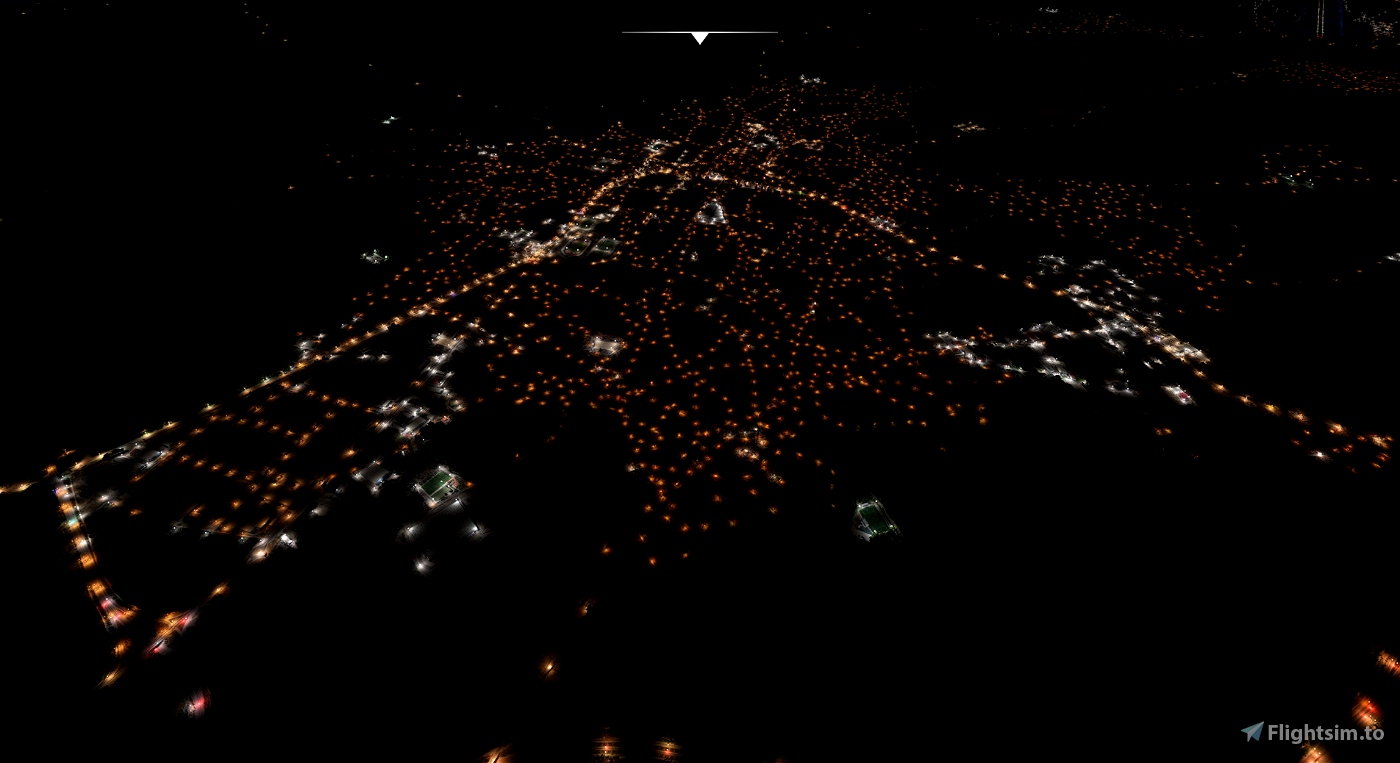History
The Pinhal de Leiria forest was first planted in the 13th century by Dom Afonso III and expanded by Dom Dinis as a barrier against the sands and to supply timber to the maritime industry. In October 2017, a large-scale forest fire devastated about 86% of the area planted with pine trees. Since there, a lot of efforts promoted by public and private entities have tried to reforest the burned vegetation, but most of the landscape is still ruined.
The Marinha Grande glass manufacturing industry was first established in the middle of the 18th century. The Royal Glass Factory (Real Fabrica de Vidros) was bought by an English entrepreneur William Stephens who developed the factory and the business under the protection of the Marques de Pombal. The wood from the pine forest was used to fuel the factories. The former palatial home of William Stephens now contains the Museu do Vidro da Marinha Grande which houses glassware from the 17th to the 20th century. In 1826, the factory was given to the state and became one of the country's main producers of traditionally made fine crystal.
On 18 January 1934 there was insurrection in several locations of Portugal, in particular Marinha Grande, that aimed at taking down the authoritarian Estado Novo regime. The trigger was legislation in 1933 that dissolved trade unions and banned strikes. The revolts were easily suppressed by the regime. The strikers in Marinha Grande suffered a particularly heavy punishment. When, two years later, the regime inaugurated the Tarrafal prison, in the Portuguese colony of Cape Verde, a third of the early prisoners came from Marinha Grande, and some would eventually die there due to the camp's bad conditions.
Install
Extract to your community folder
You can support me if you like:
https://paypal.me/suomy1970?country.x=PT&locale.x=pt_PT










7 months ago
Mikkel